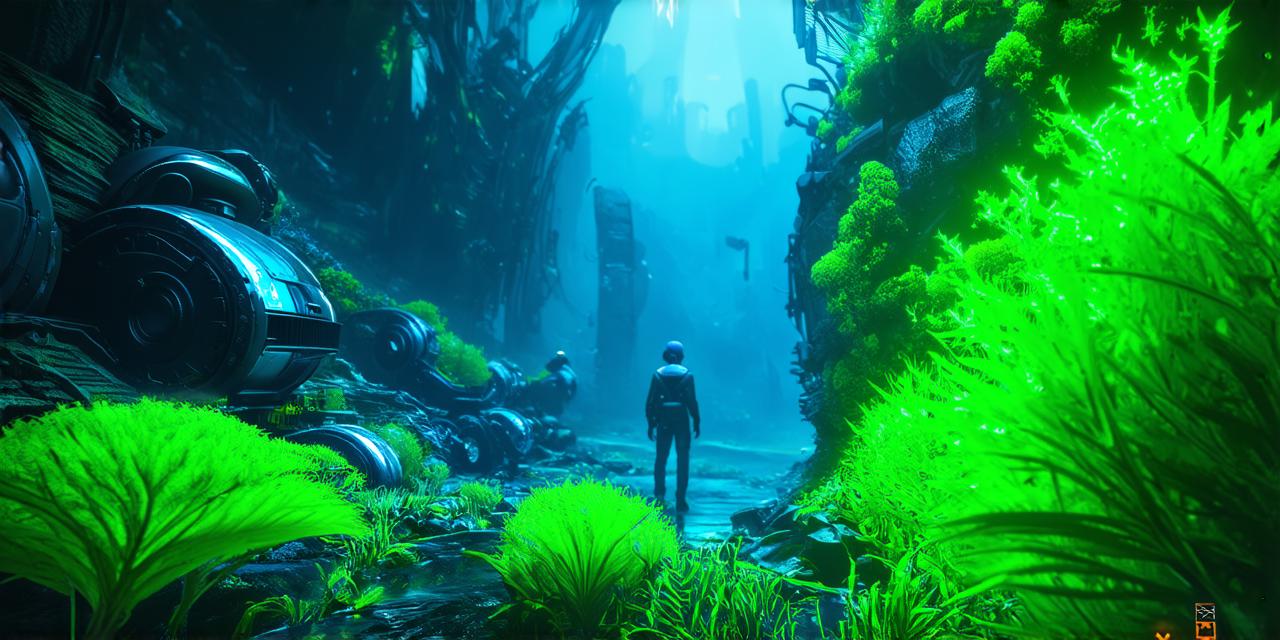Unreal Engine is a powerful game development tool that allows developers to create immersive 3D environments, games, and virtual experiences. With its easy-to-use interface and vast array of features, Unreal Engine has become one of the most popular game engines in the industry.
1. Start with a solid foundation:
Before diving into Unreal Engine, it’s important to have a good understanding of the basics of game development. This includes knowledge of programming languages like C++ and Blueprints, as well as an understanding of 3D modeling and animation. By starting with a strong foundation, you will be better equipped to tackle the more advanced features of Unreal Engine.
2. Use Blueprints for rapid prototyping:
Blueprints are a powerful tool in Unreal Engine that allows developers to create complex game logic without writing code. By using Blueprints, you can quickly prototype and test your ideas, allowing you to iterate and refine your designs more efficiently. This can be especially useful for smaller indie studios or teams with limited coding experience.
3. Take advantage of pre-made assets:
Unreal Engine comes with a wide variety of pre-made assets, including 3D models, textures, and animations. These assets can save you time and effort when creating your game, allowing you to focus on the more creative aspects of development. Additionally, the community is constantly adding new assets, so be sure to check out the Unreal Engine Marketplace for even more options.
4. Optimize your performance:
One of the most important aspects of game development is ensuring that your game runs smoothly and looks great on a wide range of devices. To achieve this, you will need to optimize your performance by reducing draw calls, minimizing texture memory usage, and using other techniques to improve frame rates. Unreal Engine comes with built-in tools for profiling and optimization, but it’s important to also have a good understanding of the underlying hardware and software to really push the limits of what your game can achieve.
5. Collaborate effectively:
Developing a game is a collaborative effort that requires effective communication and coordination among team members. Unreal Engine provides a number of tools to facilitate collaboration, including version control, project management, and real-time collaboration features. By using these tools, you can ensure that everyone on your team is working towards the same goal and that your game stays on track.

6. Stay up to date with new features:
Unreal Engine is constantly evolving, with new updates and features being released on a regular basis. To stay ahead of the curve and take advantage of the latest and greatest tools, it’s important to stay up to date with the latest news and developments in the community. This includes attending conferences and workshops, joining online forums and discussion groups, and following Unreal Engine’s official social media channels.
7. Experiment and iterate:
Finally, one of the most important things you can do when using Unreal Engine is to experiment and iterate. Don’t be afraid to try new things and take risks – this is how you push the boundaries of what’s possible in game development. By constantly experimenting and iterating on your designs, you can create truly unique and innovative games that stand out from the crowd.
FAQs
1. What programming languages are supported in Unreal Engine?
Unreal Engine supports C++, Blueprints (a visual scripting language), and other programming languages through plugins.
2. How do I optimize my game’s performance in Unreal Engine?
To optimize your game’s performance in Unreal Engine, you can use tools like the Performance Analysis window to identify bottlenecks, reduce draw calls, minimize texture memory usage, and use other techniques to improve frame rates.
3. Can I use pre-made assets in my game without modifying them?
Yes, you can use pre-made assets in your game without modifying them, but you may need to adjust their settings or integrate them with your own content to make them work seamlessly within your project.
4. How do I collaborate effectively with my team in Unreal Engine?
To collaborate effectively with your team in Unreal Engine, you can use tools like version control (such as Git), project management software (like Jira or Trello), and real-time collaboration features (like screen sharing or video conferencing). It’s also important to establish clear communication channels and workflows within your team.
5. How often are new updates released for Unreal Engine?
New updates for Unreal Engine are released on a regular basis, with major releases typically coming out every few months. Smaller updates and patches may be released more frequently to fix bugs or add new features. It’s important to stay up to date with these updates to take advantage of the latest improvements and features.
